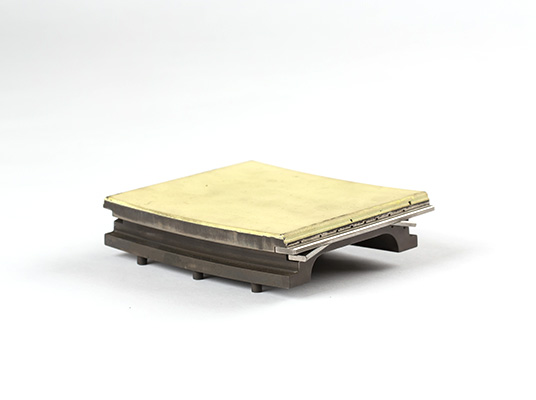 Core Technologies
Vacuum Precision Casting Technology
Overview
Core Technologies
Vacuum Precision Casting Technology
Overview
As casting is implemented in a vacuum state under Vacuum Precision Casting, harmful gases like hydrogen, oxygen and nitrogen can be removed to enhance safety and quality of product. This not only prevents impurity and inclusion that are generated when molten metal meets air during welding process, but restricts casting defect caused by moist in the air as well. Also, even if alloying element is included, which is easily oxidized, this prevents potential loss of the alloying element and makes stable alloy composition. Given the precise and complicated nature of the process, it is suitable when mechanical work is not available. In particular, vacuum precision casting is critical for products with high melting point such as blade and vane. (As this type of products is operated under extremely hot temperature, vacuum precision casting technology is needed to enhance the mechanical strength.)
Among various types of castings, precision casting does not have shape limitation to freely produce complicated shapes or products that are not available for mechanical work. Also, it is cost-effective and possible for mass production.
 1st Vane Blade
1st Vane Blade 2nd Vane Blade
2nd Vane Blade EV Inner liner
EV Inner liner EV Outer liner
EV Outer liner SEV Inner liner
SEV Inner liner SEV Outer liner
SEV Outer liner 2nd Shroud block
2nd Shroud block 3rd Shroud block
3rd Shroud block 3rd Vane
3rd Vane 1st Ring segment
1st Ring segment 2nd Ring segment
2nd Ring segment Bypass Elbow
Bypass Elbow